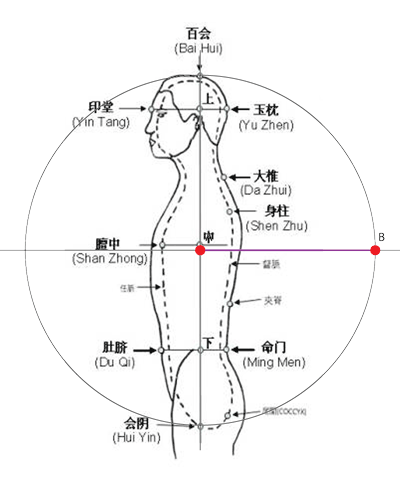
Subjective situation:
I put my mind at a point, something happens: yin and yang separate, some movement appears against a background.
(Actually, what seems to happen is that something happens, my mind goes to the center of it, then 'it' collapses on my mind point, then both together oscillate in a dampening way. But we'll assume the simpler case.)
Put my mind at a point, set time t=0.
mY * aY = - my * ay
Newton
uY = cos t
It's like a ball expanding, contracting, repeating.
uy = -c cos t
It's like the other half of the ball.
Put my mind at another point, set time t2=0.
mY2 * aY2 = - my2 * ay2
Newton
uY2 = cos t2
Symmetrical to the other situation
uy2 = -c2 cos t2
Symmetrical to the other situation
mY * aY = - my * ay
Newton
uY = damping fn(cos t)
It fades.
uy = damping fn(-c cos t)
It fades.
If relative experience pushes off of the absolute background,
the absolute must move back.

For the relative to rejoin the absolute, they must attract each other.

The absolute doesn't move very much.
Each of these motion pairs can be observed
at each of the five Taoist meditation points.

I notice myself when I separate from the absolute.
Copyright 2016 by Kevin Wacknov. Home Page.